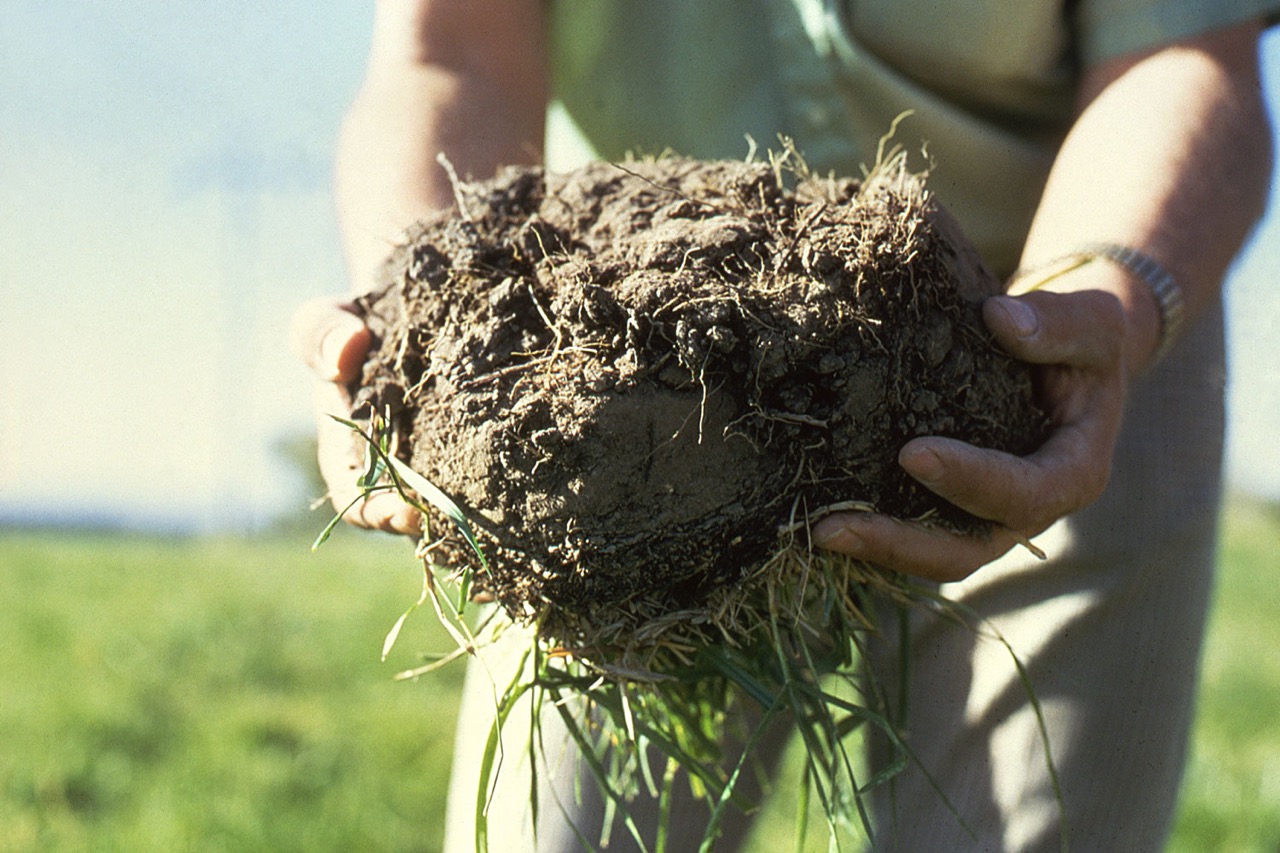

Articles
How To Store Topsoil
Modified: October 20, 2024
Discover effective methods for storing topsoil and keeping it fresh for your gardening needs. Read our informative articles for expert tips and tricks.
(Many of the links in this article redirect to a specific reviewed product. Your purchase of these products through affiliate links helps to generate commission for Storables.com, at no extra cost. Learn more)
Introduction
Topsoil is a crucial component for maintaining healthy gardens, lawns, and agricultural landscapes. It is the uppermost layer of soil that contains essential nutrients, organic matter, and beneficial microorganisms. However, sometimes you may find yourself with an excess amount of topsoil that needs to be stored properly. Proper topsoil storage not only ensures its longevity but also prevents contamination and maintains its quality for future use.
Whether you have purchased extra topsoil for future landscaping projects or have excess soil left over from a construction site, knowing how to store topsoil correctly is essential. This article will guide you through the factors to consider before storing topsoil, the steps involved in proper storage, and how to overcome potential issues that may arise during the process.
By following the guidelines provided, you can ensure that your stored topsoil remains in optimal condition, ready to be used whenever you need it, without any compromise in quality.
Key Takeaways:
- Proper topsoil storage is crucial for preserving its fertility, preventing contamination, and saving money in the long run. By considering factors like moisture, temperature, and accessibility, you can ensure your stored topsoil remains in optimal condition for future use.
- Choosing the right storage location, preparing the storage area, covering the soil adequately, and monitoring for potential issues are essential steps in storing topsoil properly. By following these guidelines, you can maintain the integrity and quality of your stored topsoil, ensuring its readiness for gardening and landscaping projects.
Read more: What Topsoil For Grass Seed
Why is topsoil storage important?
Topsoil is a valuable resource for gardeners, landscapers, and farmers alike. It contains the essential nutrients, organic matter, and microbial life necessary for healthy plant growth. However, topsoil is vulnerable to degradation and contamination if not stored properly. Here are a few reasons why topsoil storage is crucial:
- Preserving nutrient content: Topsoil is rich in vital nutrients like nitrogen, phosphorus, and potassium that plants need for healthy growth. By storing topsoil correctly, you can prevent these nutrients from leaching away or being depleted over time, ensuring that the soil remains fertile and beneficial for plants.
- Preventing contamination: Topsoil can easily become contaminated with weed seeds, pathogens, or pollutants if exposed to external elements. Proper storage helps keep the soil protected from potential sources of contamination, such as rainwater runoff, animal waste, or chemical residues.
- Conserving organic matter: Topsoil is enriched with organic matter, such as decomposed plant material and beneficial microorganisms. Storage practices that maintain a favorable environment for microbial activity can help preserve the organic matter in the soil, enhancing its fertility and ability to support plant growth.
- Minimizing erosion: Exposed topsoil is susceptible to erosion from wind and water, leading to the loss of valuable soil particles. Storing topsoil in a controlled environment, away from harsh weather conditions, can help prevent erosion and preserve its structure and texture for future use.
- Cost-effective solution: Storing topsoil properly can save you money in the long run. By preserving the quality of stored topsoil, you can avoid the need to purchase additional soil or spend extra on soil amendments to compensate for nutrient loss or contamination.
Proper topsoil storage is not only essential for maintaining its quality but also for preserving the health and productivity of your garden or landscape. By understanding the importance of topsoil storage, you can take the necessary steps to ensure that your stored soil remains fertile, free from contaminants, and ready for use whenever you need it.
Factors to consider before storing topsoil
Before you start storing topsoil, it is important to consider a few key factors to ensure the best outcome. By taking these factors into account, you can optimize the storage conditions and maintain the quality of the soil. Here are some important factors to consider:
- Moisture content: The moisture content of the topsoil plays a vital role in its storage. Excess moisture can lead to compaction, rotting, and the growth of harmful microorganisms. On the other hand, storing overly dry soil can result in the loss of moisture and nutrients. It is recommended to store topsoil with a moderate moisture level, slightly damp but not excessively wet.
- Temperature: Extreme temperatures can have adverse effects on the quality of stored topsoil. Freezing temperatures can cause the soil to expand and contract, leading to structural damage. On the other hand, extremely high temperatures can dry out the soil, causing it to lose moisture. It is preferable to store topsoil in a location where the temperature is within a moderate range, avoiding extreme heat or cold.
- Air circulation: Proper air circulation is essential for maintaining the quality of stored topsoil. Good airflow helps prevent the buildup of excess moisture and reduces the risk of mold or fungal growth. When choosing a storage location, ensure that there is sufficient ventilation to allow for proper air circulation around the stored soil.
- Contamination risks: Topsoil can easily become contaminated if stored in close proximity to sources of pollutants, such as chemicals, construction materials, or animal waste. It is crucial to store topsoil away from potential contaminating factors to maintain its purity and quality.
- Accessibility: Consider the accessibility of the stored topsoil when choosing a storage location. If you anticipate needing frequent access to the soil, ensure that it is stored in an easily accessible area that allows for convenient retrieval.
By taking these factors into consideration, you can select an appropriate storage location and create the ideal conditions for storing topsoil. This will help ensure that the soil retains its quality, nutrients, and fertility, ready for use in your garden, lawn, or landscaping projects.
Steps to store topsoil properly
Properly storing topsoil is essential for preserving its quality and ensuring its usability for future gardening or landscaping projects. By following the steps outlined below, you can store your topsoil in the most effective and efficient way:
- Choose the right storage location: Select a location that is well-drained and away from potential sources of contamination such as chemicals, animal waste, or construction debris. Ensure that the storage area is easily accessible and provides adequate space for the volume of topsoil you need to store.
- Prepare the storage area: Clear the storage area of any debris or vegetation that could mix with the topsoil or impede its quality. Level the ground and remove any rocks or large stones that could damage the stored soil or make it difficult to retrieve later.
- Contain the topsoil: To prevent the spread of topsoil and maintain its integrity, use appropriate containment measures. This can include constructing retaining walls, using sturdy plastic or metal containers, or creating designated piles that are properly confined and secured.
- Layer organic matter: If you have extra organic matter, such as compost or leaf mold, consider layering it between the stored topsoil. This organic matter will help retain moisture and add valuable nutrients to the soil over time.
- Cover the stored topsoil: Cover the stored topsoil with a tarp or plastic sheet to protect it from excessive moisture, UV light, and potential contamination. Ensure that the cover extends over the entire storage area, tightly secured to prevent wind or water from causing damage.
- Monitor and maintain: Regularly inspect the stored topsoil for any signs of contamination, excessive dryness, or excess moisture. Adjust the covering as needed and check for any pest or weed infestations. Remove any debris or vegetation that may have accumulated on the cover or in the storage area to maintain the cleanliness of the stored soil.
By following these steps, you can store topsoil properly and ensure its longevity and quality. Proper storage practices will help preserve the nutrient content, organic matter, and microbial life of the soil, making it ready for use whenever you need it for your gardening or landscaping needs.
Choosing the right storage location
When it comes to storing topsoil, selecting the right storage location is crucial for preserving the integrity and quality of the soil. Here are some important factors to consider when choosing the ideal storage location:
- Drainage: It is essential to choose a location that has good drainage to prevent water from accumulating around the stored topsoil. Excessive moisture can lead to compaction, rotting, and the growth of harmful microorganisms.
- Avoid contamination: Select a storage location that is away from potential sources of contamination. Keep the topsoil storage area away from chemicals, construction materials, or animal waste, as these can contaminate the soil and affect its quality.
- Ease of access: Consider the accessibility of the stored topsoil when choosing a location. If you anticipate needing frequent access to the soil, such as for gardening or landscaping projects, ensure that the storage area is easily reachable and convenient to retrieve the necessary amounts of topsoil.
- Protection from weather elements: Choose a location that provides protection from extreme weather conditions. Exposure to excessive rain or direct sunlight can negatively impact the quality of the stored topsoil. Consider storing the topsoil under a covered structure or using a tarp or plastic sheet to shield it from the elements.
- Ample space: Ensure that the chosen storage location can accommodate the volume of topsoil you need to store. Having enough space will allow you to properly confine and contain the soil and make it easier to cover and monitor.
- Avoid sloping areas: It is advisable to avoid sloping areas when selecting a storage location. Storing topsoil on slopes can lead to erosion and soil movement, which can cause significant damage and make retrieving the soil more challenging.
By carefully considering these factors, you can choose the ideal storage location for your topsoil. The right location will ensure proper drainage, protection from contamination and extreme weather, easy accessibility, and sufficient space to store the soil. Ultimately, this will help maintain the quality and usability of the topsoil for all your gardening, landscaping, and agricultural needs.
Store topsoil in a cool, dry place to prevent it from becoming compacted or contaminated. Cover it with a tarp to protect it from moisture and keep it loose for future use.
Read more: What Is The Best Topsoil For Lawns
Preparing the storage area
Before storing topsoil, it is important to properly prepare the storage area to create an ideal environment for the soil. Here are the steps to follow when preparing the storage area:
- Clear the area: Begin by clearing the storage area of any debris, vegetation, or obstacles that may interfere with the quality of the stored topsoil. Remove rocks, roots, and any other foreign objects to ensure a smooth and clean surface for the soil.
- Level the ground: Ensure that the ground in the storage area is level and even. This will help distribute the weight of the soil evenly and prevent any areas of the storage pile from becoming compacted or unstable.
- Remove excess moisture: If the storage area has excessive moisture or is prone to waterlogging, it is important to address this issue before placing the topsoil. Consider improving drainage by adding drainage pipes or gravel to prevent water from accumulating or pooling around the stored soil.
- Install barriers: Install barriers, such as retaining walls or edging materials, to contain the topsoil and prevent it from spreading or being displaced. This will create a confined area for the stored soil, ensuring its integrity and making it easier to maintain.
- Consider erosion control: If the storage area is on a slope or prone to erosion, consider implementing erosion control measures. This can involve installing erosion control fabric, straw, or mulch to stabilize the soil and prevent erosion from occurring during storage.
- Provide access: Ensure that there is sufficient space and access to the storage area for vehicles or equipment that may be required for loading or removing the topsoil. This will make it easier to manage the stored soil and facilitate the transportation process.
By following these steps and properly preparing the storage area, you can create an optimal environment for storing the topsoil. A clean, level, and well-contained storage area will ensure the stability and quality of the soil, making it easier to manage and maintain until it is ready for use.
Covering the stored topsoil
Covering the stored topsoil is an important step in maintaining its quality and protecting it from various external factors. A proper cover will help prevent moisture loss, contamination, and erosion. Here are the steps to follow when covering the stored topsoil:
- Select a suitable cover: Choose a cover that is appropriate for the size of the storage area and the volume of topsoil you need to cover. Options include a tarp, plastic sheet, or geotextile fabric. Ensure that the cover is durable, waterproof, and capable of withstanding outdoor conditions.
- Spread the cover: Lay the cover over the stored topsoil, ensuring that it extends over the entire storage area. Allow enough excess material on all sides to adequately secure and anchor the cover to prevent it from being blown away by wind or displaced by other factors.
- Secure the cover: Anchor the edges of the cover with sandbags, rocks, or other weighted objects to keep it in place. This will prevent the cover from shifting or lifting in strong winds. Additionally, if using a tarp, ensure that it is tightly secured using bungee cords or ropes to prevent any gaps or openings.
- Seal the edges: Seal the edges of the cover to create a tight seal and prevent any moisture or contaminants from seeping underneath. Use heavy-duty tape or adhesive to seal any gaps or overlaps in the cover to ensure maximum protection.
- Check for proper ventilation: While it is important to cover the stored topsoil, it is equally important to allow for adequate ventilation. Make sure there is some airflow under the cover to prevent excess moisture buildup or the growth of mold or fungi.
- Monitor the cover: Regularly inspect the cover to ensure that it remains intact and in good condition. Check for any holes, tears, or signs of degradation. Repair or replace the cover as needed to maintain its effectiveness in protecting the stored topsoil.
By following these steps and properly covering the stored topsoil, you can safeguard it from the elements, maintain moisture levels, and prevent contamination. This will help preserve the quality and fertility of the soil, ensuring that it remains in optimal condition for future use in your garden or landscaping projects.
Monitoring and maintaining the stored topsoil
Monitoring and maintaining the stored topsoil is essential to ensure its quality and usability over time. Regular checks and proper maintenance practices will help prevent issues such as contamination, erosion, and nutrient loss. Here are the key steps to follow when monitoring and maintaining the stored topsoil:
- Regular inspections: Conduct regular inspections of the stored topsoil to check for any signs of contamination, pest infestations, or excessive dryness. Inspect the cover for any tears or damage that could compromise the barrier and expose the soil to external elements.
- Adjust the cover: If necessary, adjust the cover to maintain a tight and secure seal. Make sure there are no gaps or openings that could allow water, debris, or pests to enter the storage area. Re-anchor the edges of the cover if they have become loose or shifted.
- Monitor moisture levels: Check the moisture levels of the stored topsoil periodically. It should be slightly moist but not overly wet. If the soil becomes too dry, lightly water it to maintain optimal moisture levels. Avoid excessive watering, as it can lead to pooling, compaction, or mold growth.
- Remove debris: Regularly remove any debris, leaves, or vegetation that may accumulate on the cover or in the storage area. This will help prevent the introduction of unwanted organic matter or potential contaminants into the topsoil.
- Prevent erosion: If erosion becomes a concern, especially in case of heavy rain or wind, take measures to prevent soil movement. Install erosion control measures such as straw or mulch on the cover to stabilize the soil and prevent erosion from occurring.
- Address pest issues: If you notice any signs of pests or weed growth, take appropriate measures to address the issue. Remove weeds manually or use natural pest control methods to protect the stored topsoil from infestations.
- Regularly turn the soil: To maintain good aeration and prevent compaction, periodically turn the stored topsoil. This will help distribute nutrients evenly and promote microbial activity, enhancing the overall quality of the soil.
By monitoring and maintaining the stored topsoil, you can ensure that it remains in optimal condition and ready for use when needed. Regular inspections, moisture monitoring, debris removal, erosion control, and addressing pest issues are vital for preserving the quality of the stored topsoil and maintaining its usability for future gardening, landscaping, or agricultural purposes.
Potential issues and how to overcome them
When storing topsoil, certain issues may arise that could affect the quality and usability of the stored soil. By being aware of these potential issues and knowing how to overcome them, you can ensure that your stored topsoil remains in optimal condition. Here are some common issues and their solutions:
- Contamination: Contamination can occur if the stored topsoil is exposed to chemicals, animal waste, or other pollutants. To overcome this, choose a storage location away from potential contaminant sources and cover the soil securely to prevent any external substances from entering the storage area.
- Excessive moisture: If the stored topsoil becomes excessively wet, it can lead to compaction and the growth of harmful microorganisms. To address this issue, ensure proper drainage in the storage area and adjust the cover to allow for better airflow, reducing excess moisture levels in the soil.
- Drying out: Topsoil that becomes overly dry can result in the loss of important nutrients and compromise its fertility. To overcome this, regularly monitor the moisture levels of the stored soil and lightly water it if necessary to maintain optimal moisture content.
- Erosion: If the stored topsoil is located in an area prone to erosion, it can lead to soil movement and loss of valuable soil particles. To prevent erosion, consider implementing erosion control measures such as installing erosion control fabric or using straw or mulch to stabilize the soil and prevent erosion from occurring during storage.
- Pest infestations: Pests can sometimes invade stored topsoil, leading to damage and the spread of unwanted organisms. To address pest issues, regularly inspect the stored soil for signs of pests and take appropriate measures to control and eliminate them. This can include using natural pest control methods or organic insecticides.
- Weed growth: Weeds can quickly take over stored topsoil and compete with desired plants. To prevent weed growth, regularly monitor the stored soil and manually remove any weeds that appear. Consider covering the stored topsoil with a layer of organic mulch or using weed control fabric to suppress weed growth.
By being prepared to handle these potential issues, you can overcome any challenges that may arise during the storage of topsoil. By addressing contamination risks, managing moisture levels, preventing erosion, controlling pests, and suppressing weed growth, you can ensure that the stored topsoil remains in excellent condition, ready to be used for your gardening, landscaping, or agricultural needs.
Read more: How To Lay Topsoil For Grass Seed
Conclusion
Properly storing topsoil is essential for maintaining its quality and ensuring its usability for future gardening, landscaping, or agricultural projects. By considering factors such as moisture content, temperature, air circulation, contamination risks, and accessibility, you can choose the right storage location for your topsoil. Preparing the storage area, including clearing the area, leveling the ground, and addressing moisture issues, creates an ideal environment for the stored soil.
Covering the stored topsoil with a suitable cover, ensuring proper ventilation, and monitoring moisture levels will help protect the soil from contamination, excessive drying, and erosion. Regular inspections, maintenance, and addressing potential issues such as contamination, excessive moisture, drying out, erosion, pest infestations, and weed growth are crucial for the overall health and quality of the stored topsoil.
By following the steps outlined in this article, you can store your topsoil properly and ensure that it remains fertile, free from contaminants, and in optimal condition for future use. Proper topsoil storage not only preserves its nutrient content, organic matter, and microbial life but also saves you money by avoiding the need to purchase additional soil or soil amendments.
Remember, topsoil is a valuable resource, and by storing it properly, you can maintain its integrity, protect it from external elements, and have a readily available supply of high-quality soil for all your gardening and landscaping needs. So, take the time to choose the right storage location, prepare the storage area, cover the soil adequately, monitor and maintain it, and overcome any potential issues that may arise. Your stored topsoil will thank you with healthy and thriving plants in the years to come.
Frequently Asked Questions about How To Store Topsoil
Was this page helpful?
At Storables.com, we guarantee accurate and reliable information. Our content, validated by Expert Board Contributors, is crafted following stringent Editorial Policies. We're committed to providing you with well-researched, expert-backed insights for all your informational needs.
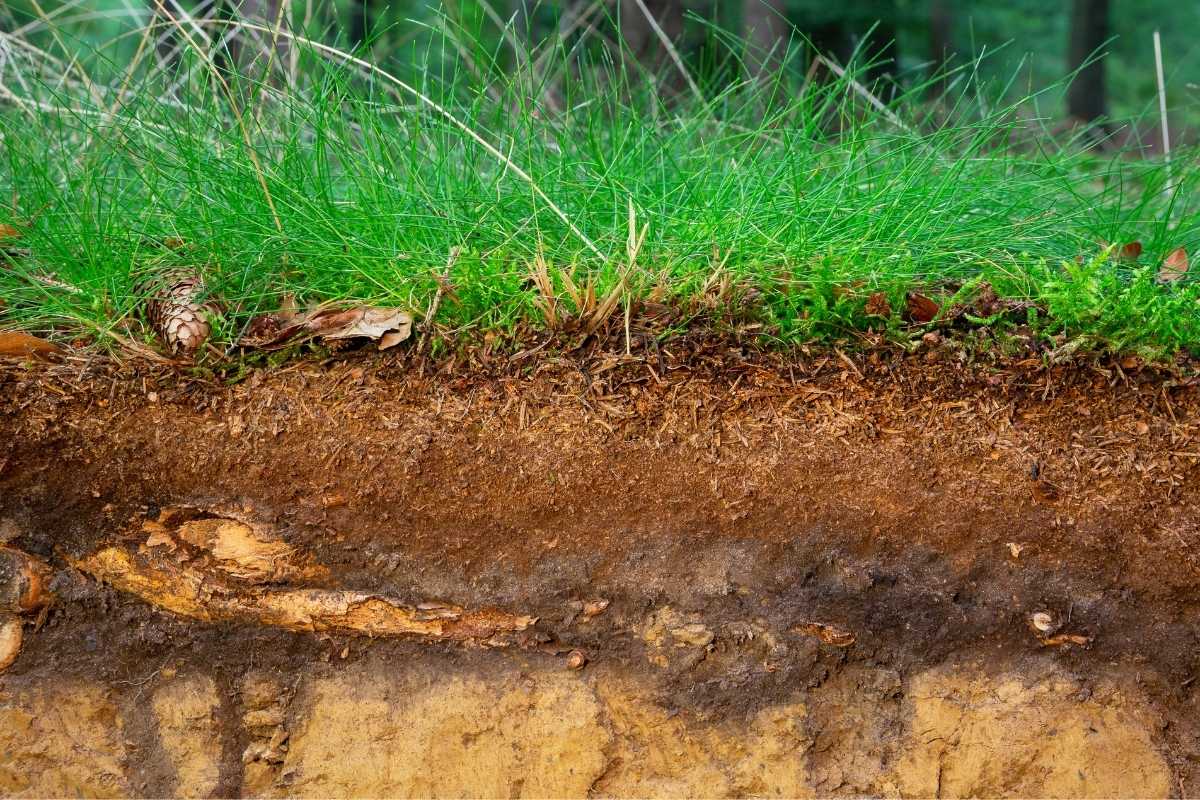
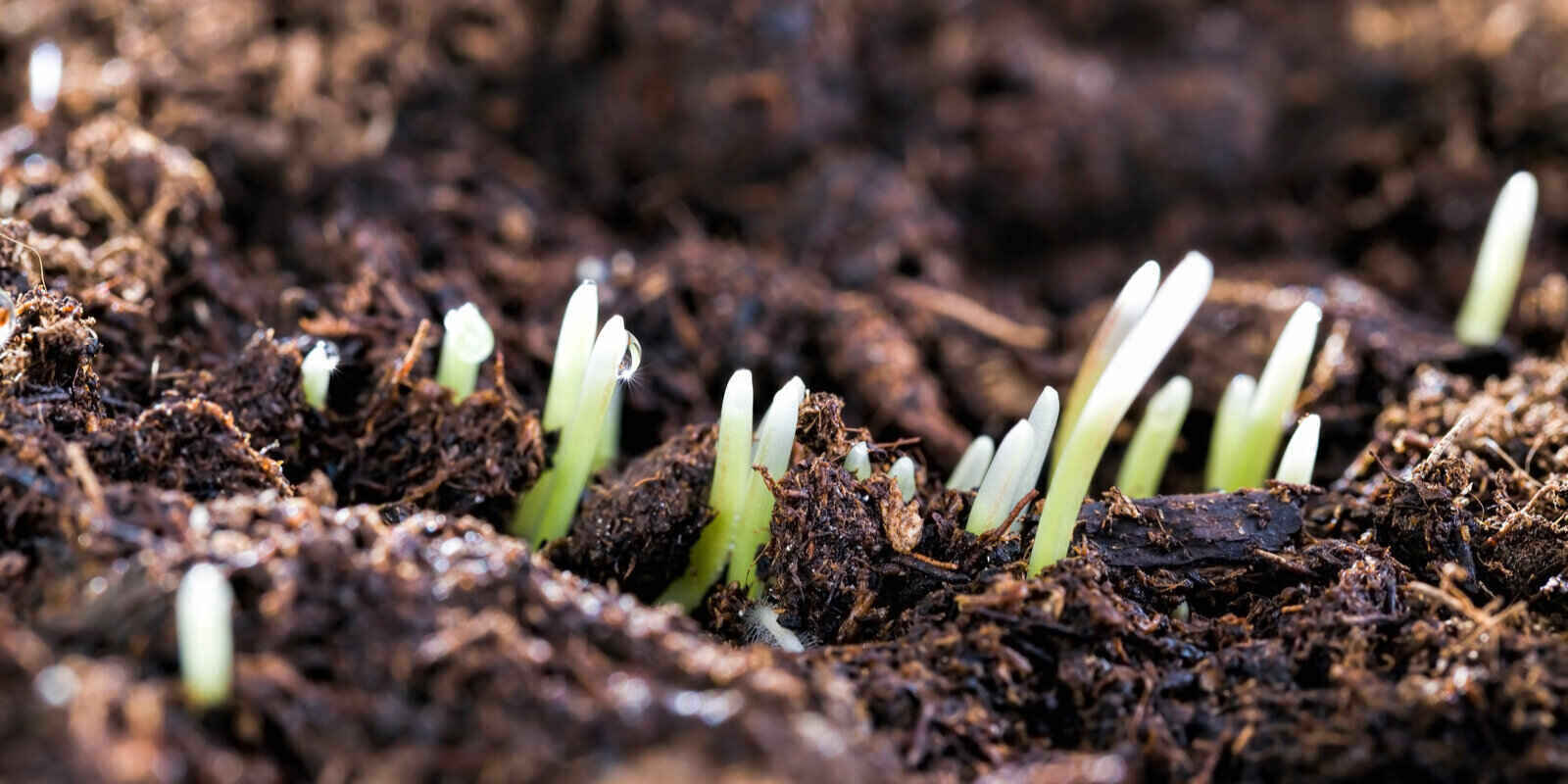
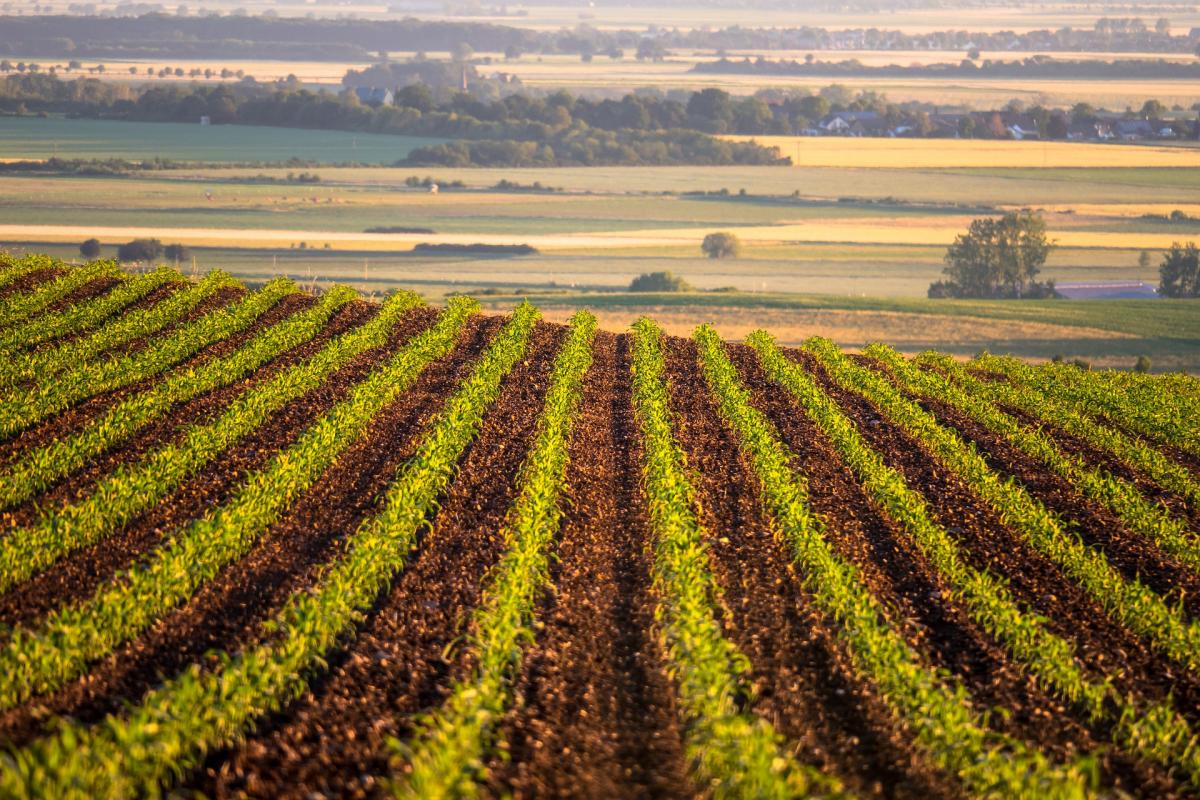



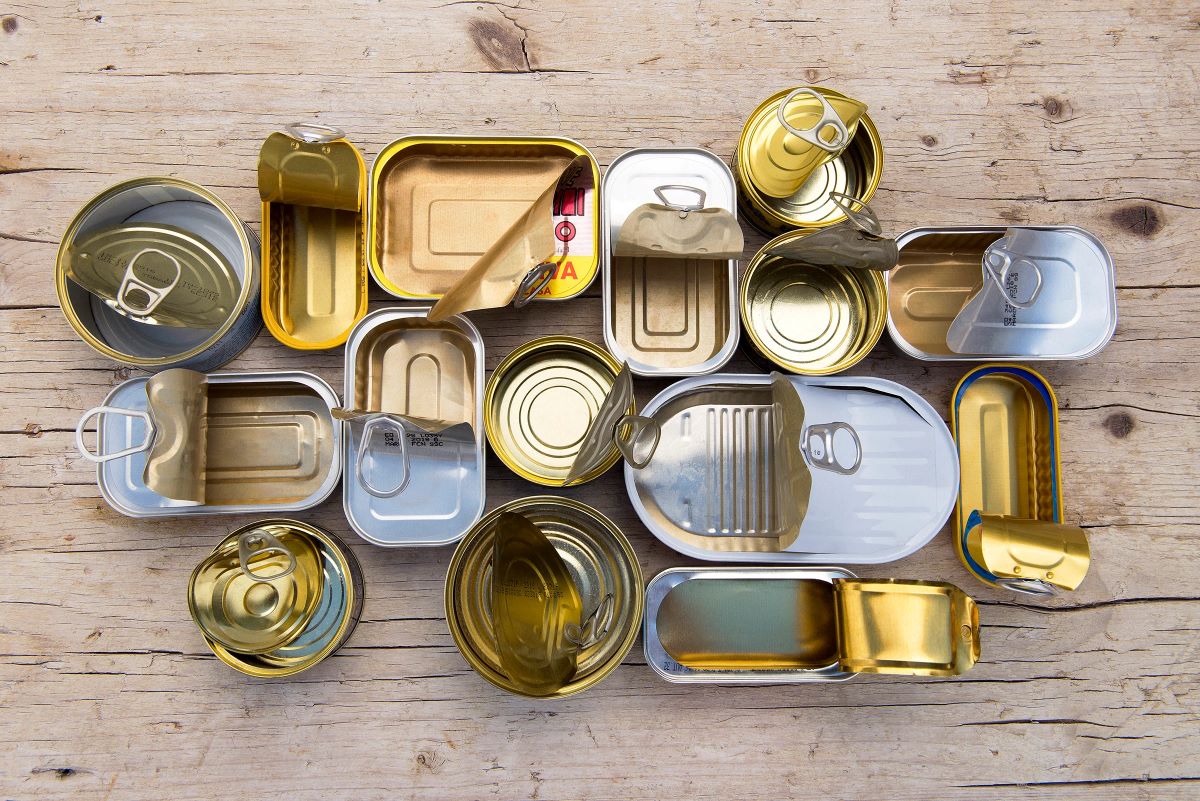







0 thoughts on “How To Store Topsoil”